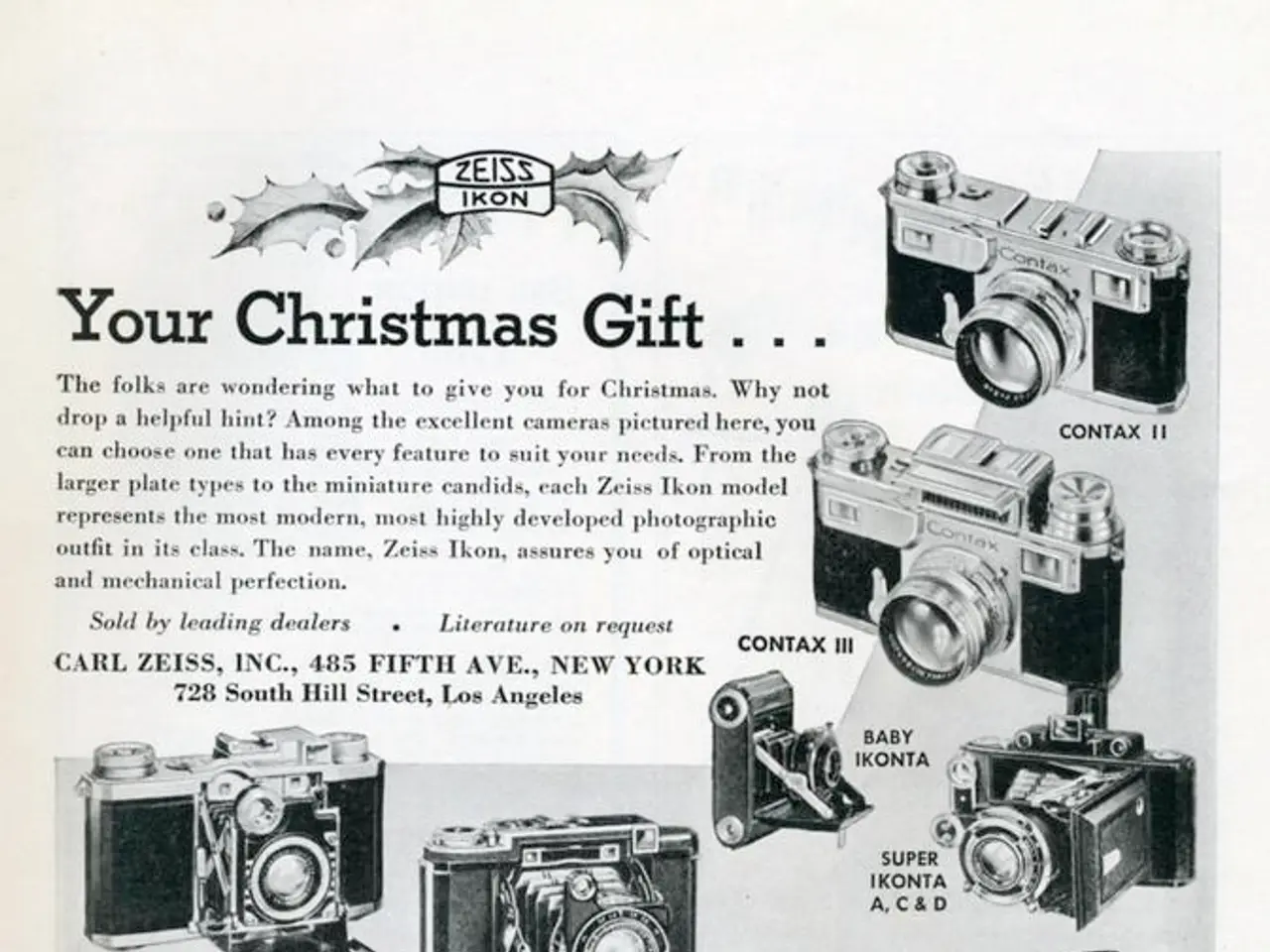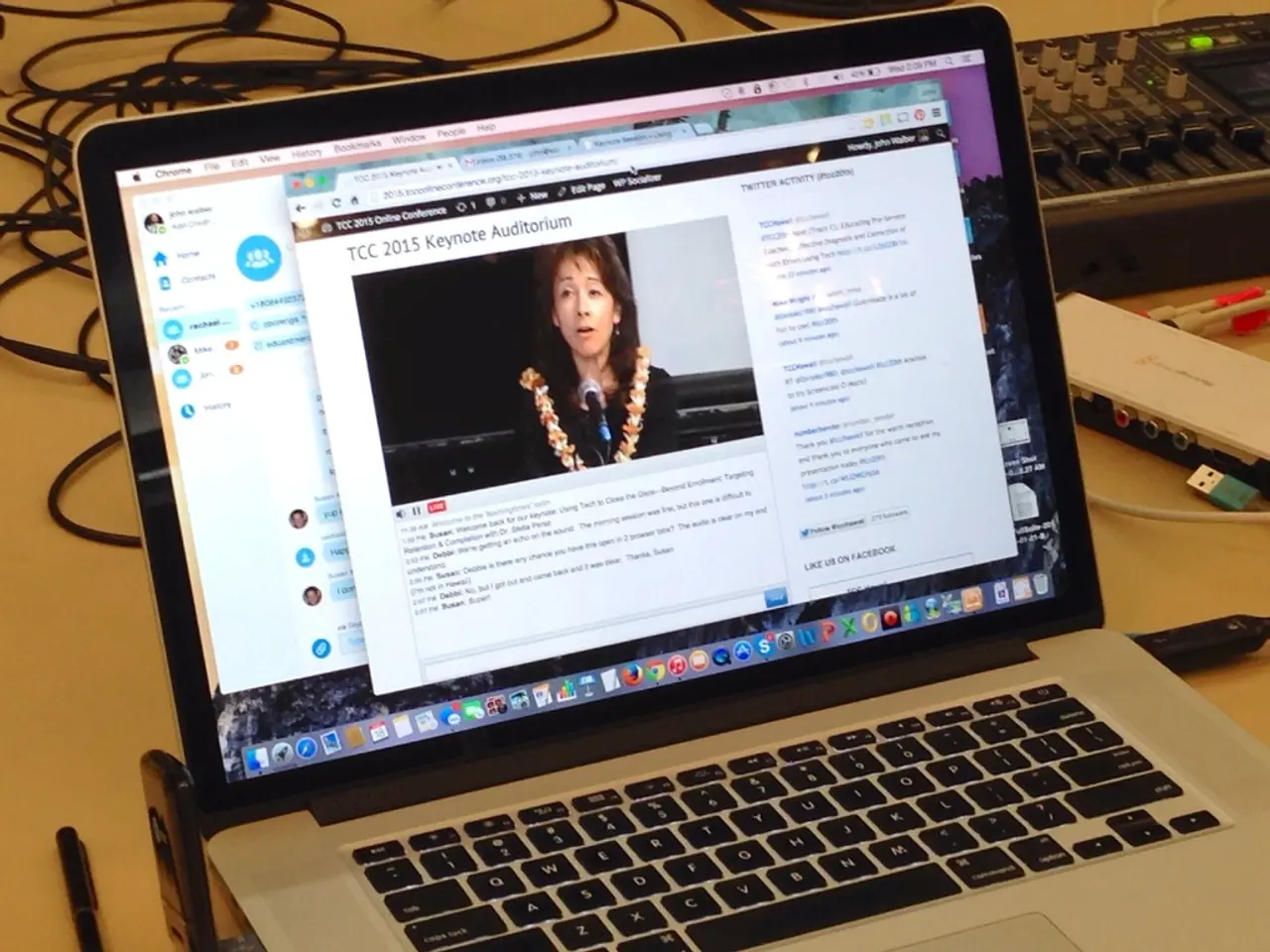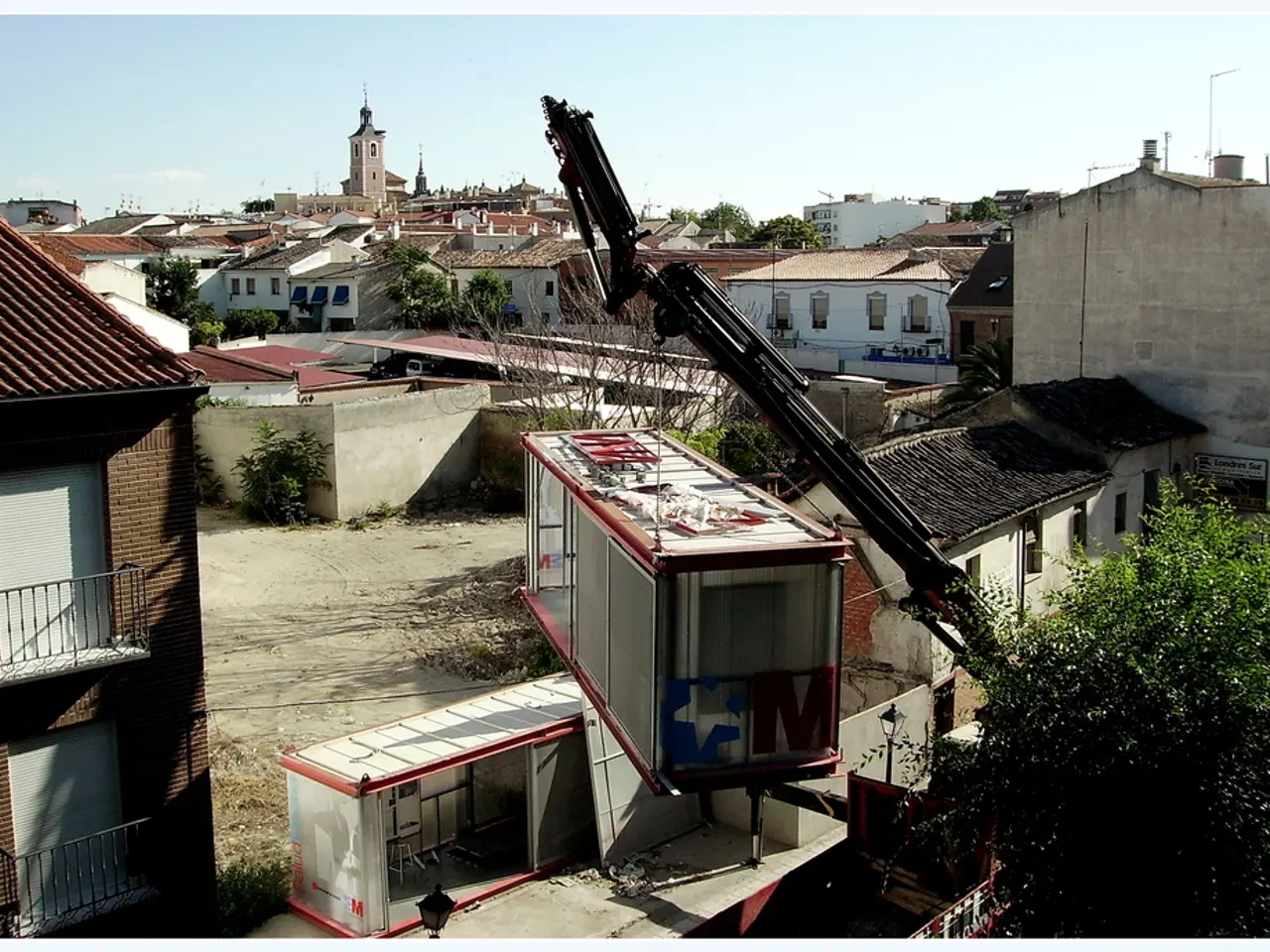Camera Angles for Movie Makers: In-Depth Exploration
In the world of filmmaking, the camera angle is a crucial tool for storytelling. It helps directors control how viewers perceive characters, objects, and scenes by manipulating the camera's position and perspective relative to the subject.
Camera angles influence mood, tone, and overall impact of the shot. For example, a low-angle shot can make a character appear more powerful or intimidating, increasing dramatic tension, while a high-angle shot can highlight a character's vulnerability.
One fundamental principle in photography and filmmaking is the rule of thirds. By dividing the frame into nine equal parts using two horizontal and two vertical lines, key elements of the composition can be placed at the intersections of these lines, creating more visually interesting and balanced images.
Let's delve into some common camera angles:
- High-Angle Shot: The camera looks down on the subject, making them appear small, vulnerable, or powerless. It often highlights defeat, helplessness, or a power imbalance in psychological dramas, thrillers, or crisis scenes.
- Low-Angle Shot: The camera looks up at the subject, making them seem large, powerful, or dominant. This angle emphasizes authority, intimidation, or a character’s grandeur, frequently used for heroes, villains, or dramatic monologues.
- Eye-Level Shot: The camera is positioned at the subject’s eye level, providing a neutral and relatable perspective. It establishes equality between the audience and the subject and is the most common angle used to maintain naturalism.
- Dutch Angle (Tilted Angle): The camera is tilted so the horizon is slanted. It conveys disorientation, emotional imbalance, tension, or altered states like dream sequences or drug effects.
- Aerial Shot: Filmed from above, often with drones or aircraft, to show landscapes or scale. It sets context or grandeur and is common in documentaries and establishing shots.
- Point of View (POV) Shot: Shows the scene from the subject's perspective, creating intimacy or immersion. Used often in action sequences or to align the audience closely with a character’s experience.
- Over-the-Shoulder (OTS) Shot: Frames a conversation by looking over one character’s shoulder at another, building presence, spatial relation, and dialogic tension.
These angles are chosen to shape the atmosphere and emotional impact of scenes. For instance, a low-angle shot can make a character seem heroic, while a high-angle shot can highlight their vulnerability. Directors combine these angles with shot sizes to precisely guide audience perception and storytelling.
Moreover, camera angles can reveal character motivations and relationships through close-up shots focusing on facial expressions. Leading lines, visual elements within a composition that guide the viewer's eye towards a particular point, can also be used to draw attention to specific elements within the scene.
Framing is another technique used in filmmaking to define the boundaries of a shot and draw attention to specific elements within the composition. It involves using natural or artificial elements to frame the subject, such as doorways, windows, trees, or even other characters.
The best way to find the best camera angle for a film is to experiment and choose an angle that helps tell the story in the most effective way possible. The our website AI video editor offers various camera angles and customization options without requiring prior knowledge of animation, video editing, or software tools.
In animation, low angle shots can be used for villains to give them a towering presence over the viewer. The dutch angle camera shot is a technique where the camera is tilted on the x-axis to disorient the viewer. To add an extra effect, retro lighting or a foggy lighting setting can be added to the dutch angle scene.
In conclusion, camera angles in filmmaking serve as a creator's tool for storytelling, conveying emotions and changing audience's perspective. They transcend language, geography, and cultural barriers, making them a universal language of cinema.
In the realm of animation, the low-angle shot can boost a villain's intimidating presence, while the Dutch angle camera shot can disorient viewers, both contributing to the emotional impact of the scene. Technology, such as the AI video editor on our website, enables creators to experiment with various camera angles and customize their productions without prior expertise in animation, video editing, or software tools. Anime and presentations, like those in the lifestyle and entertainment sectors, can benefit from these creative camera techniques to enhance storytelling and audience engagement. AWS (Amazon Web Services) could potentially support these creative endeavors by providing the necessary digital infrastructure and tools. The editor in Canva, for instance, could be utilized to manipulate expressions or visual elements in a scene to further influence the emotional response from the audience.



